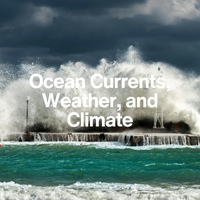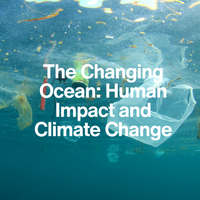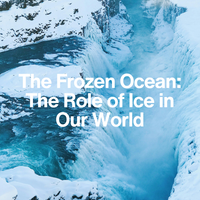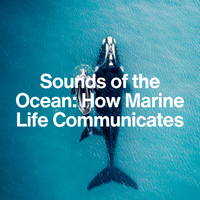LESSON 1
How Does the Ocean Control the Earth’s Weather?
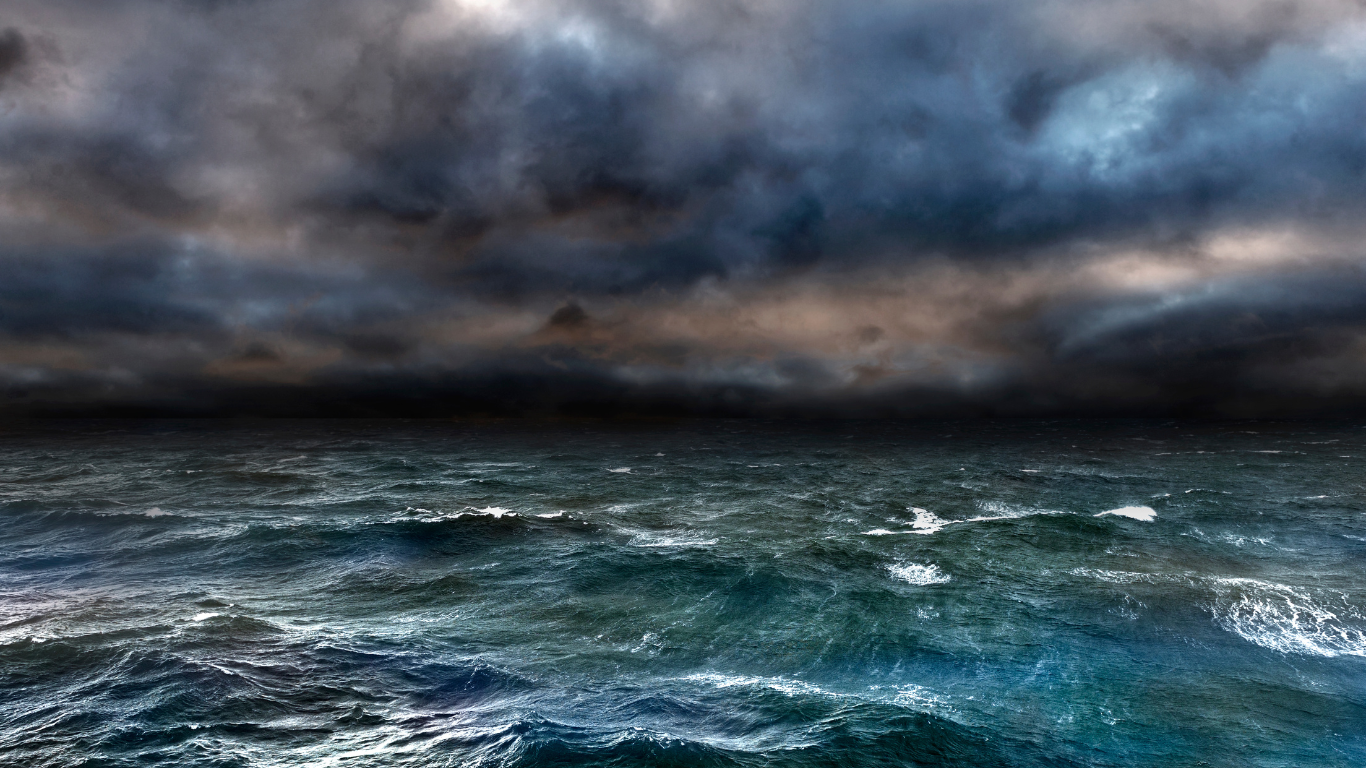
Introduction:
The Ocean – Earth's Climate Engine
When you think about the weather, you probably imagine the sky—clouds, rain, sunshine.
But did you know the ocean is actually the biggest driver of weather and climate on Earth?
Covering more than 70% of the planet’s surface, the ocean acts like a giant engine, absorbing heat from the sun and redistributing it through currents and winds.
Without the ocean, Earth would be a much harsher, less livable place.
1. How the Ocean and Atmosphere Work Together
The ocean and atmosphere are constantly exchanging energy and moisture.
Here’s how it works:
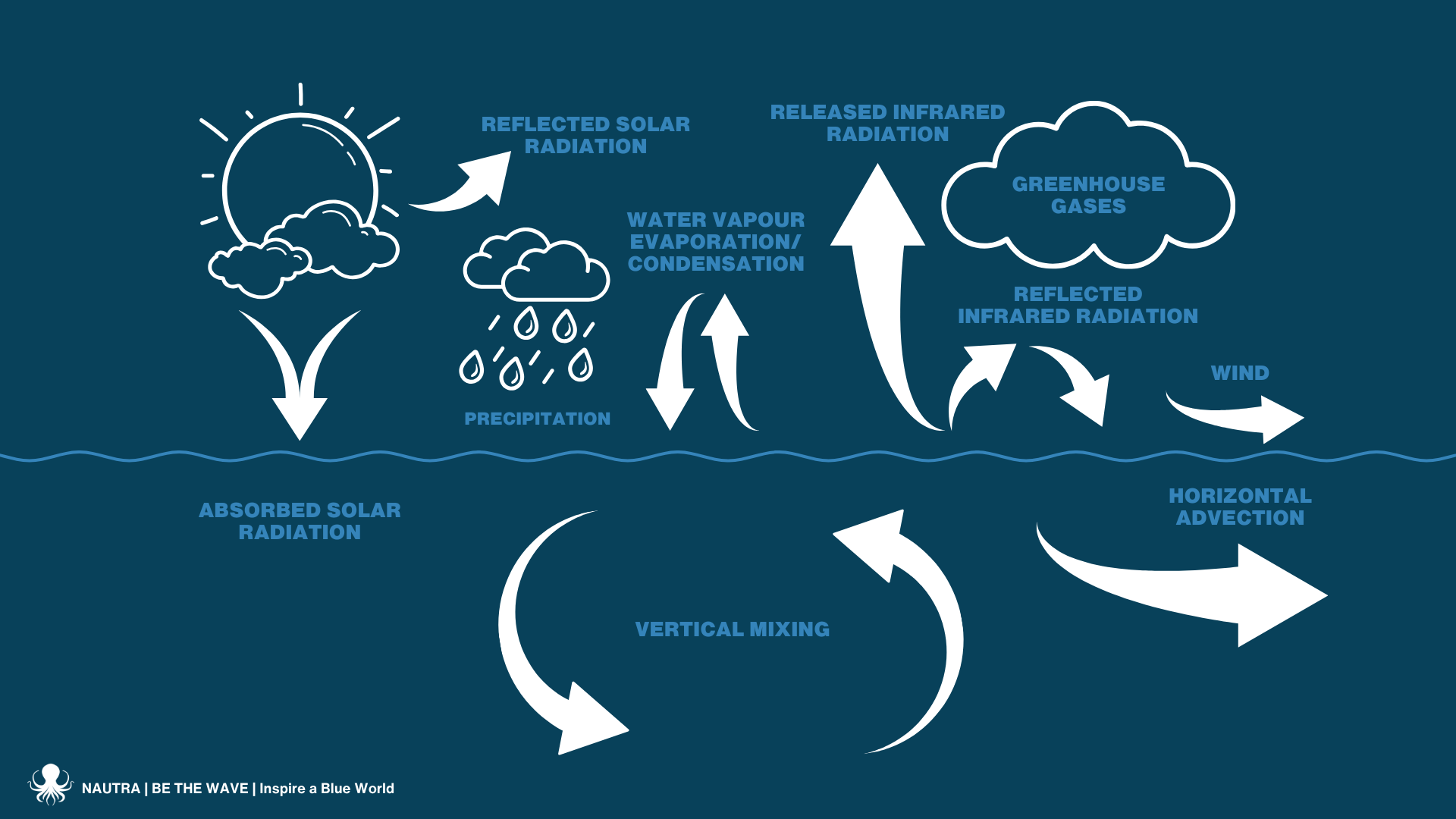
Fun Fact
About 90% of the planet’s heat from the sun is absorbed by the ocean!
2. Ocean Currents: Highways for Heat
Ocean currents are like giant conveyor belts moving warm water from the equator toward the poles and cold water back toward the equator.
This transfer of heat helps regulate the climate across the globe.
Fun Fact
The Gulf Stream moves over 30 times more water than all the rivers in the world combined!
3. Evaporation, Clouds, and Rain
The ocean isn't just moving heat—it’s moving water too. As the sun heats the ocean, water evaporates, rises into the atmosphere, and eventually falls as rain or snow.
Did You Know?
The Amazon Rainforest, often called the "lungs of the Earth," relies heavily on moisture carried inland by ocean-driven weather systems.
4. Ocean Temperatures Shape Global Climate
Areas of warm or cool ocean water have a huge impact on global weather. Even small changes in ocean temperatures—like during El Niño or La Niña events—can trigger floods, droughts, and massive storms across continents.
We'll dive deeper into El Niño and La Niña later in this bloc, but for now, remember:
Warmer oceans = stronger storms and heavier rainfalls
Cooler oceans = milder weather and reduced storm activity

Fun Fact
The Pacific Ocean alone is responsible for shaping weather patterns across half the planet!
Conclusion
Earth's Hidden Weather Maker
The ocean isn’t just a backdrop to weather—it’s the heart of it. From driving wind patterns to fueling storms, it plays a critical role in shaping our everyday lives. Understanding the ocean’s influence helps us predict weather, prepare for extreme events, and protect the ecosystems and communities that depend on it.
Next time it rains, snows, or the wind picks up, thank the ocean!
Key Takeaways:
The ocean absorbs solar heat and distributes it across the planet through currents.
Heat and moisture transfer between the ocean and atmosphere fuels global weather.
Changes in ocean temperatures can lead to massive shifts in climate and weather patterns.
The ocean is a powerful, invisible driver of life on Earth.
NEXT LESSON
The Gulf Stream and Global Currents: Why They Matter
In the next lesson, we’ll explore the Gulf Stream and other global currents—the superhighways that move warm and cold water around the world, shaping weather and ecosystems.
Let’s dive deeper into how these powerful currents work!










